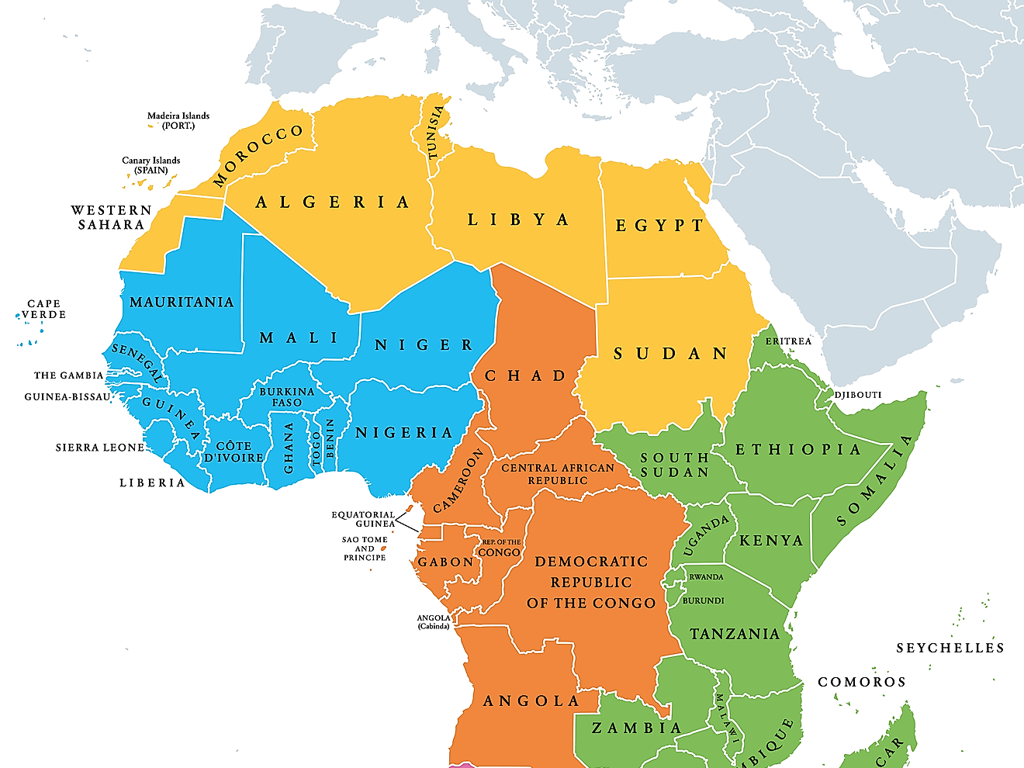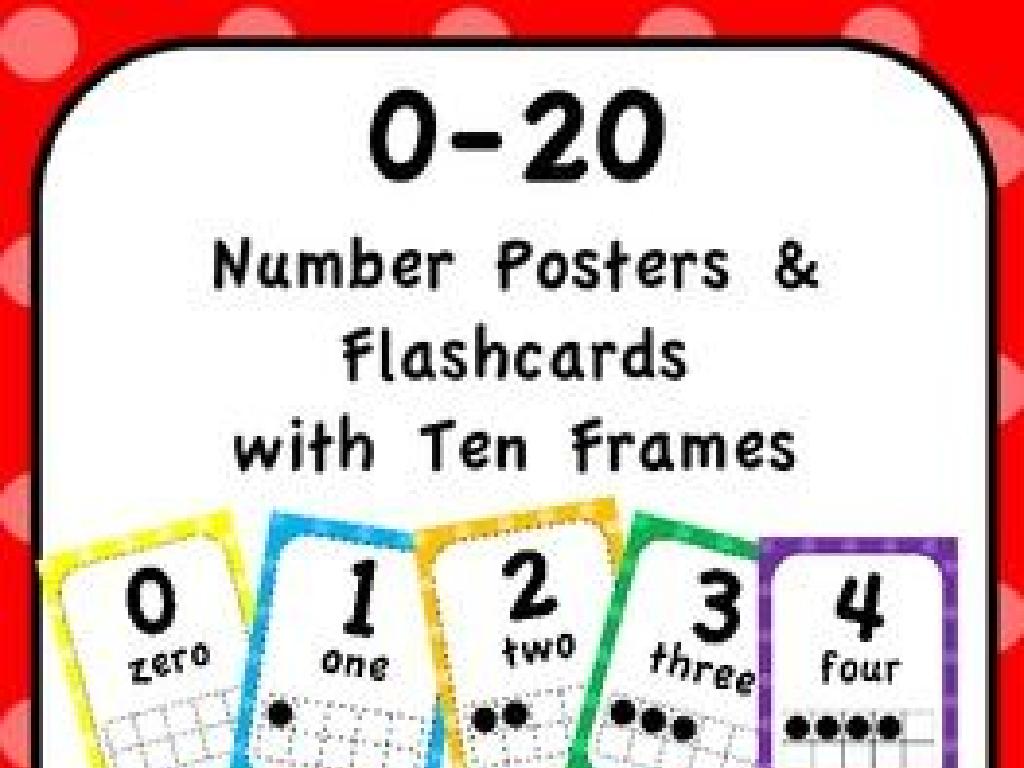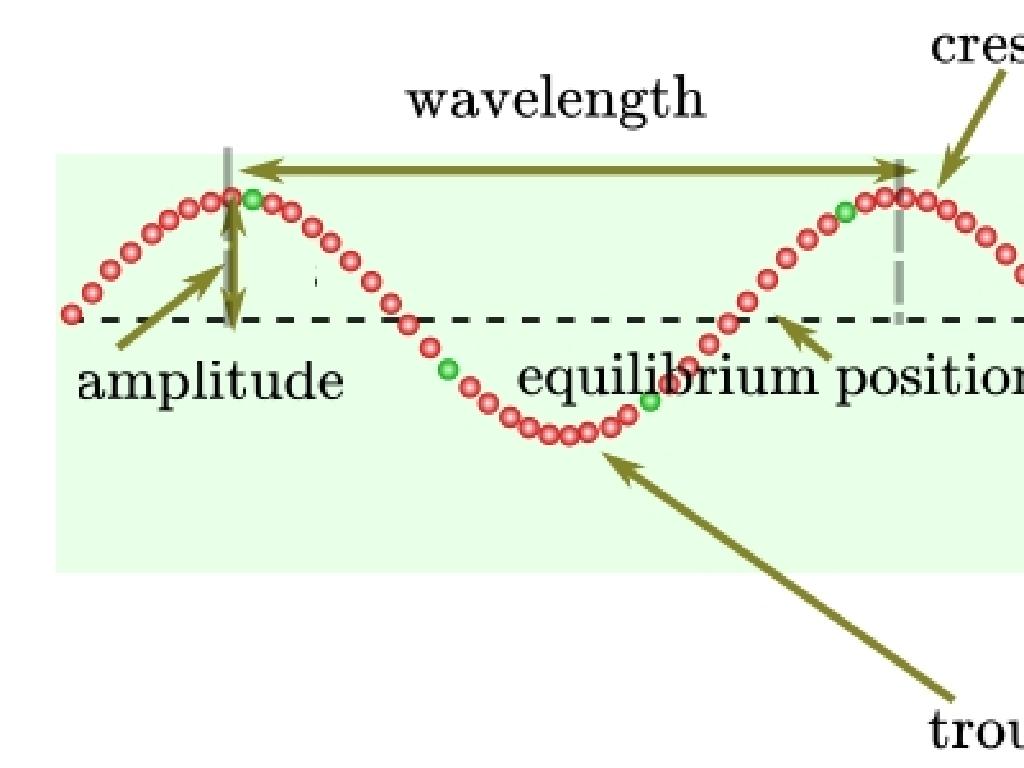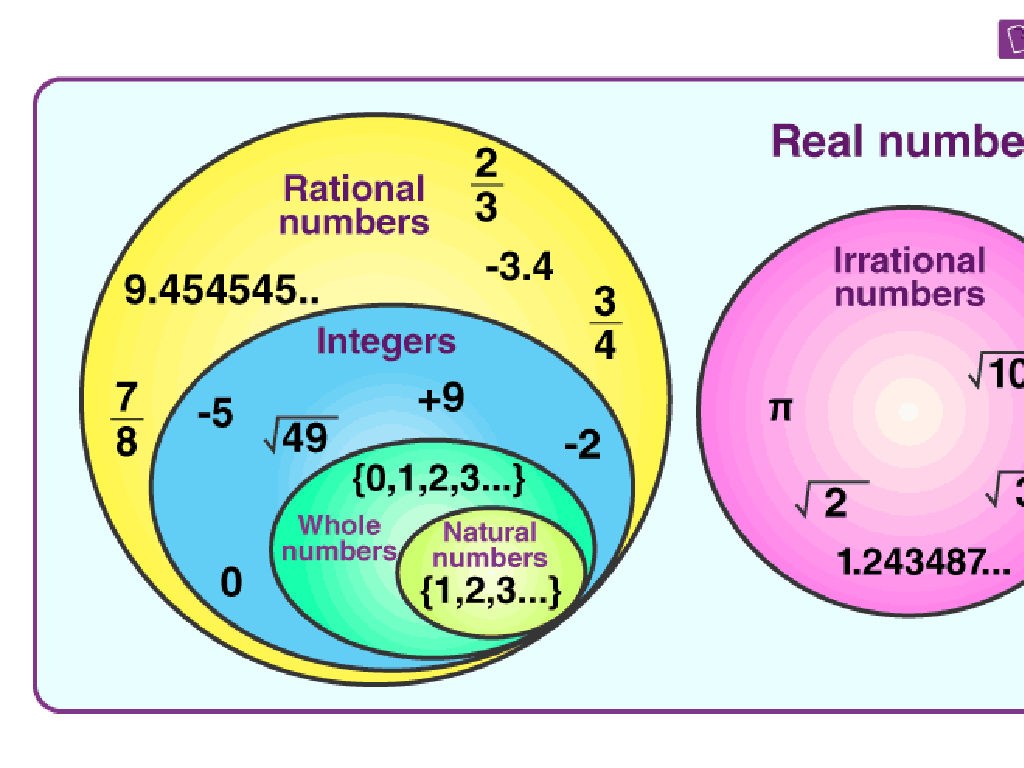Solve Proportions: Word Problems
Subject: Math
Grade: Eighth grade
Topic: Proportions
Please LOG IN to download the presentation. Access is available to registered users only.
View More Content
Introduction to Proportions
– Understanding proportions: definition
– A proportion is an equation stating two ratios are equal.
– Proportions in real-life scenarios
– Examples: recipes, maps, models, and finance.
– Significance of proportions in math
– Proportions are key in various fields like architecture, science, and economics.
– Solving proportion word problems
– Applying proportions to solve problems involving ratios.
|
This slide introduces the concept of proportions, which are equations that express the equality of two ratios. It’s crucial to explain that proportions are not just a mathematical concept but are used in everyday life, such as in cooking, when scaling models, or managing finances. Emphasize the importance of understanding proportions as they are widely used in various academic and professional fields. Provide students with word problems that involve proportions to illustrate how this concept is applied in real-world situations. Encourage students to think of other areas where proportions are relevant and to practice setting up and solving proportion equations.
Understanding Ratios: Foundations of Proportions
– Recap on the concept of ratios
– Ratios compare two quantities, like 4 apples to 5 oranges.
– Ratios in daily life scenarios
– Common examples: recipe ingredients, map scales, or mixing paints.
– Writing and simplifying ratios
– To write a ratio, use the format ‘a to b’ or ‘a:b’, and simplify if possible.
– Practice with real-world problems
– Apply ratio knowledge to solve problems involving proportions.
|
Begin with a brief review of ratios, emphasizing their role as the fundamental elements of proportions. Use relatable examples such as recipes or map reading to illustrate ratios in a context familiar to students. Teach students how to express ratios in different forms and the importance of simplifying them. Encourage students to practice writing ratios from given information and simplifying them as a precursor to solving proportion problems. Provide a variety of real-world problems to reinforce the concept and prepare them for understanding proportions in the following lessons.
Understanding Proportions in Word Problems
– Definition of proportion
– A proportion is an equation stating two ratios are equal.
– Criteria for proportional ratios
– Two ratios are proportional if their cross-products are equal.
– Cross-multiplication explained
– Cross-multiplication is a method to solve proportions: a/b = c/d implies ad = bc.
– Recognizing proportions in formats
– Proportions can appear in fractions, decimals, and percentages.
|
This slide introduces the concept of proportions, which is fundamental in solving word problems related to ratios. Begin by defining proportion as an equality between two ratios. Explain that for two ratios to be considered proportional, their cross-products must be equal, which is a key criterion. Illustrate the concept of cross-multiplication, a reliable technique for verifying if two ratios form a proportion and for solving for unknowns in proportional relationships. Emphasize the ability to identify proportions regardless of their format, as they can be presented in various ways in word problems. Provide examples and encourage students to practice identifying and solving proportions in different formats to solidify their understanding.
Solving Proportions: Methods and Practice
– Explore methods to solve proportions
– Use cross-multiplication for unknowns
– Cross-multiply to find the value of the unknown variable in the proportion.
– Work through guided practice problems
– Step-by-step solutions to reinforce the method.
– Apply skills to real-world scenarios
– Solve problems related to everyday situations, like cooking or shopping.
|
This slide introduces students to various methods of solving proportions, with a focus on cross-multiplication, a reliable technique to find unknown values in proportional relationships. Begin by reviewing the concept of proportions and how they represent equivalent relationships. Then, demonstrate cross-multiplication with an example, such as if 3/4 = x/8, then 3*8 = 4*x, so x = 6. Provide practice problems with guided solutions to ensure students understand the process. Finally, encourage students to apply their skills to real-world problems, which will help them see the relevance of proportions in daily life. This will also prepare them for more complex applications of proportions in future math concepts.
Solving Proportions in Word Problems
– Translate words into equations
– Convert the problem statement into a mathematical proportion equation.
– Identify the unknown variable
– Determine what you are solving for in the equation.
– Solve real-world proportion problems
– Apply proportions to situations like recipes or map scales.
– Practice with examples
|
This slide is aimed at helping students grasp the concept of solving proportions within the context of word problems. Start by translating the language of the problem into a mathematical equation, ensuring that students understand how to express ratios and proportions algebraically. Next, focus on identifying the unknown variable, which is the value students need to find. Emphasize the importance of setting up the proportion correctly to solve for this unknown. Provide real-world examples, such as adjusting a recipe or using a map scale, to illustrate how proportions are used in everyday life. Encourage students to practice with various examples to become comfortable with the process. The goal is for students to develop problem-solving skills that they can apply to various scenarios.
Class Activity: Proportion Scavenger Hunt
– Find proportions in the classroom
– Create word problems from proportions
Use objects or scenarios in class to form a proportion problem.
– Exchange problems with classmates
Pair up and trade the problems you’ve created.
– Solve each other’s problems
Practice solving for an unknown in real-life proportion scenarios.
|
This activity is designed to engage students with the concept of proportions in a fun and interactive way. Students will start by searching the classroom for examples of proportions, such as items packaged in pairs, or objects that can be grouped to form ratios. They will then use these findings to create their own word problems. After creating the problems, students will exchange their problems with classmates to challenge each other. This peer-to-peer activity not only reinforces the concept of proportions but also enhances problem-solving and critical thinking skills. As a teacher, facilitate the activity by providing guidance and ensuring that the problems created are solvable. Offer assistance as needed and encourage students to explain their reasoning when solving the problems. Possible activities could include measuring items, comparing quantities, or using scale models.
Wrapping Up: Proportions in the Real World
– Recap on proportions
– Review the methods to find equivalent ratios.
– Proportions in daily life
– Discuss how proportions are used in cooking, construction, and map reading.
– Real-world problem-solving
– Solve problems involving scale models, recipes, and budgets.
– Open Q&A session
|
As we conclude, let’s review the key concepts of proportions, including cross-multiplication and equivalent ratios. Emphasize the importance of proportions in real-world scenarios such as adjusting recipes, creating scale models, or planning budgets. Encourage students to see the practical applications of what they’ve learned. Finally, open the floor for a Q&A session, allowing students to clarify any doubts and solidify their understanding. Be prepared with additional examples and practice problems to help explain any concepts that students are still grappling with.





